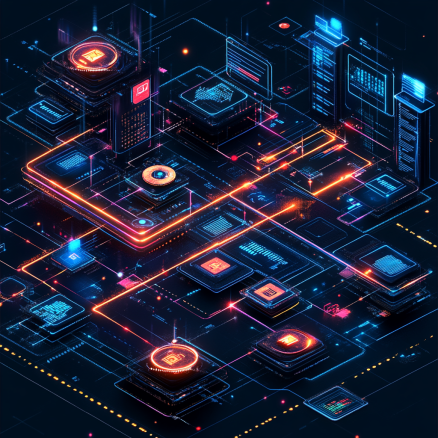The Dark Side of Blockchain: What They Don’t Put in the Whitepaper
Back in 2021, I placed a top-tier Solidity engineer into what looked like a dream role. The project was pushing the boundaries of DAOs—completely decentralised, governance by token, treasury in the millions. The founders were crypto OGs. It felt bulletproof. But that was before we saw The Dark Side of Blockchain—the part no whitepaper ever talks about.
Six months later, it imploded.
A DAO vote passed (barely) to drain the treasury for a questionable “partnership”. The engineer called me, devastated. “I thought I was building the future,” he said. “Turns out I was just helping them cash out.”
That’s the part we don’t talk about enough. The dark side of blockchain experiments isn’t just about rug pulls or Ponzi tokens. It’s about the psychological toll. The misplaced trust. The broken promises behind some of the most ambitious tech narratives we’ve seen.
Let’s unpack what’s really going on when blockchain experiments go wrong—and what you should watch out for if you’re recruiting or building in this space.
When Governance Goes Off the Rails
Decentralisation sounds great until no one’s actually accountable.
I’ve seen projects where engineers spent months building out proposals, dashboards, and staking mechanics—only for a whale to come in and swing a vote with a single wallet. One platform I worked with had over 20K token holders. A governance vote to change the fee structure passed with just six voters. Yes, six.
You might think: well, that’s just how token governance works. But here’s the dark side of blockchain here—this experiment in “code is law” often ignores human nature. Power consolidates. Apathy creeps in. And without strong community management and transparency, even good tech can get hijacked by bad incentives.
Innovation Without Guardrails
There’s this unspoken belief in crypto that more decentralisation = more progress. But some of the wildest collapses I’ve seen came from projects that scaled too fast, too freely, without testing the fundamentals.
Take the DeFi summer of 2020. Everyone was launching yield farms and liquidity incentives with barely tested smart contracts. I placed a backend dev into one of these DeFi protocols. Great team. But they’d skipped a third-party audit to “move fast”.
A few weeks after launch, a subtle logic bug allowed someone to drain the pool. Millions gone. The dev called me in tears—he’d personally vouched for the code to his friends and family.
This is the darker side of blockchain’s rapid experimentation mindset. Move fast, yes—but without security? You’re just asking for a time bomb.
DAO Drama and Burnout Are Real
We love to talk about “community-led” innovation, but DAOs often become political battlegrounds. I’ve worked with candidates who were excited about DAO roles—remote, flexible, mission-driven. But six months in, they’re out. Burnt. Disillusioned.
Why? Because in many DAOs, decision-making drags. There’s infighting. Core contributors fight for retroactive rewards. Treasury discussions turn toxic. And without a clear leadership structure, emotional labour gets dumped on whoever’s still willing to deal with the mess.
One candidate told me: “I was hired as a product manager. I ended up being a therapist.”
The dark side of blockchain shows itself here too—in the blurred roles, the emotional strain, and the silent churn that doesn’t show up in metrics.
Hype ≠ Product-Market Fit
Crypto Twitter can make any half-baked idea look like the next AWS. I’ve lost count of the number of projects that raised eight figures with a slick deck, a Medium post, and a roadmap that looked like a sci-fi novel.
But hype burns fast. What happens when the market crashes, the token tanks, and your team of 50 suddenly needs to “pivot to AI”?
I once helped a protocol scale from 8 to 40 people in under 6 months. They were building a privacy layer for cross-chain swaps. Then the bear market hit. Token plummeted 90%. VC support dried up. Within weeks, they slashed to 12 employees.
Here’s the catch: the product still had users. But the founders had sold a vision too big, too early—and couldn’t deliver without the market tailwinds. Another blockchain experiment gone sideways.
So… What’s the Takeaway?
Look—I still believe in blockchain. I still place candidates into roles that excite me. I still advise early-stage founders building things that genuinely matter.
But if you’ve been in the space long enough, you stop getting wide-eyed about every whitepaper.
The dark side of blockchain doesn’t cancel out the innovation—it just reminds us that incentives, governance, and execution matter more than token price.
If you’re hiring? Ask the tough questions. How decentralised is too decentralised? Who really holds the keys? Is there a human being you can hold accountable?
And if you’re taking a role? Protect your upside—but protect your mental health too.
Because blockchain’s still the wild west in many ways—and even the best experiments can leave wreckage behind.




